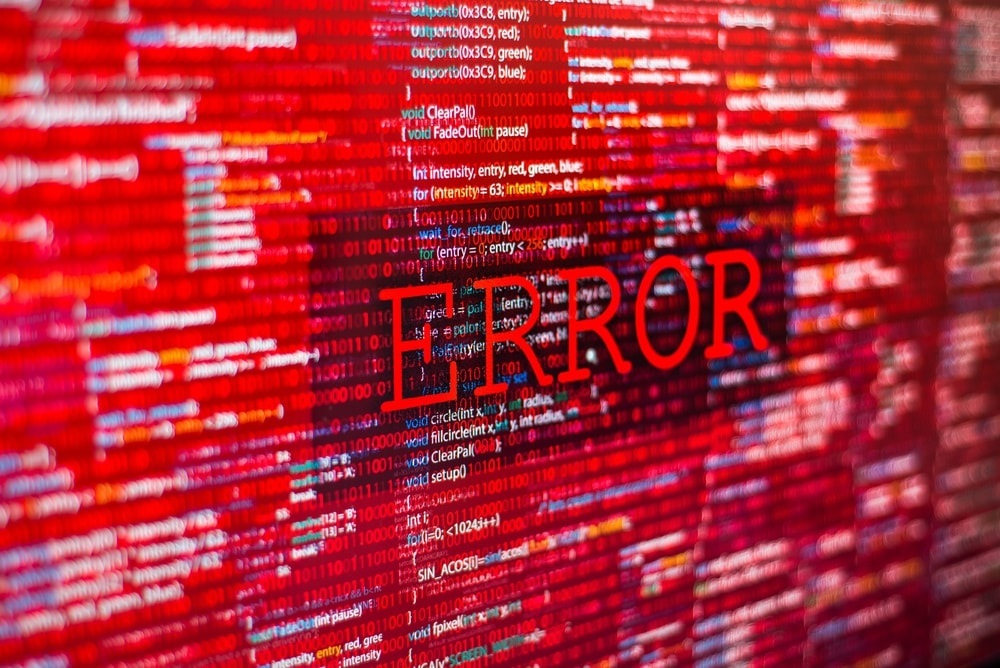With regulatory environments changing continually and the stakes in many industries extremely high, compliance professionals are under a lot of pressure to eliminate threats to good standing. And while a business may invest significant resources in maintaining compliant processes, policies and protocols, the devil is often in the details – specifically, in the compliance reporting process itself. In industries from pharmaceuticals to human resources, compliant operations can be undermined by sloppy or merely inadequate reporting – with costly results.
In the insurance industry, for example, headlines about the downfall of the head of a promising insurance startup in early 2016 showcased the perils to companies and business leaders when they fail to prioritize compliance and credentialing. The result was not only devastating to the company’s investors, it also led the DOL to implement tighter compliance regulations. While this case was not about actual fraud, unintentional reporting errors can be nearly as damaging.
In compliance, there are plenty of opportunities for missteps. Businesses must cope with staying up to date with complex regulations, time consumed by ongoing compliance monitoring and data gathering and the risks of potential errors or omissions. Clearly, streamlining compliance reporting can be a very smart business investment. The question is how to make it happen – how to move from ad hoc to more automated and auditable systems.
The simplest way is to remove as much human intervention from your processes as possible. Software and SOS tools that automate the activities of compliance provide risk management benefits on many levels. With the most up-to-date, industry-specific requirements built into the platform, you can be confident that you are meeting all current requirements, and you won’t be reinventing the wheel every time you prepare for an audit or file your reports. You will also spend far less time chasing down and entering (possibly erroneous) data, because more of your workflows are automated.
Most important, you’ll be clearly, fully and auditably compliant, protecting your business from penalties or worse. The less you rely on manual tasks, the less exposure for your business – and your job.
So, what are some best practices for automating compliance processes? What factors will help you reduce risk in a way that is simple, sound and sustainable? Regardless of your industry and the auditing body to which you report, here are some questions to ask:
- Is it IT-intensive? You don’t want your compliance system to tax your already-stretched IT resources. Simple configuration is key, and nontechnical staff should be able to manage routine updates and customizations.
- How much maintenance is required? Compliance solutions are typically either cloud-based or self-hosted. A cloud-based system will enable you to instantly access feature enhancements without waiting for and installing a patch or update.
- How much typing is involved? Look for a tool with a simple interface. The less manual data entry and spreadsheet hassles you face, the better off you’ll be. You should be doing mainly data verification, not data input.
- Is it flexible? Does the technology support your geographic footprint? Can it handle multiple territories, states and/or product lines?
- Is it evergreen? Automated compliance tools should have regulatory updates and reminders built in – so you can be confident you are meeting the latest requirements in a timely manner. Some sort of tickler system is a must to flag key dates, deadlines and documentation so items don’t fall through the cracks. Your system should alert you by email when it’s time to complete a task and provide advance notification when requirements change.
- Is it centralized? A single repository with access to relevant applications and historical data will make assembling required compliance data much more streamlined and make it easy to export for auditors.
Compliance risks are not just about fines and penalties. The public relations, market and shareholder ramifications can also be devastating. With the added protection of an automated reporting system, you remove one more opportunity for human reporting errors to derail your otherwise robust and buttoned-up compliance efforts.
Automating your compliance processes creates a repeatable, managed set of tasks that organize the process, gather data about compliance into a single system and bring any omissions out into the daylight. Especially in industries with strong regulatory regimes, automation systems can literally save the jobs of compliance professionals – while saving their employers from millions of dollars in fines.



 Dean Hodge is Vice President of Insurance Products for
Dean Hodge is Vice President of Insurance Products for 





